The Little Jean Buttons

Though you may have never questioned it before, those little buttons on jeans pockets are there for more than just looks. They're extremely functional!
In 1829, miners complained about their pants not holding up well. Out of necessity, Levi Strauss patented the metal buttons—or rivets. The buttons help keep your pants together!
The Little Metal Bit on Tape Measures
The Little Square Patch on Backpacks
The Tab on Soda Cans
The Ridges on Box Cutter Blades

If your box cutter blade has little score lines, then you’re in luck! This means you can break off the end and give yourself a fresh, sharp blade.
Just take the back cap off, slide the blade out, use the cap to snap off the end, and put it back together again. Watch your hands because some blades are harder to break than others.
The Tiny Pocket on Jeans

The tiny pocket in your jeans can hold spare change, but that wasn’t its original use. It’s actually supposed to hold a pocket watch.
The tiny pocket just carried over without being removed because it’s a tradition. Tradition is great and all, but could we make them more functional?
The Hole in Pot and Pan Handles

They're great for hanging pots above your kitchen island, but they're actually supposed to do something else. Stop putting your spoon on the counter to get everything dirty.
Instead, stick the spoon into the little hole on the pot handle! This is particularly useful if you’re making marinara sauce or another counter-staining sauce.
The Stripes on Headphone Jacks

Why are there two or three stripes at the plug-in end of your headphone jack? Those stripes are there so you could hear the sound properly. Without them, you would only hear a single sound coming from your headphones.
Some jacks have one ring while others have two or three. One offers mono-audio while two gives us the ability to hear a stereo effect. Three-ringed audio jacks are the most advanced and were added for microphone connectivity.
The Number on the Bottom of Plastic Containers
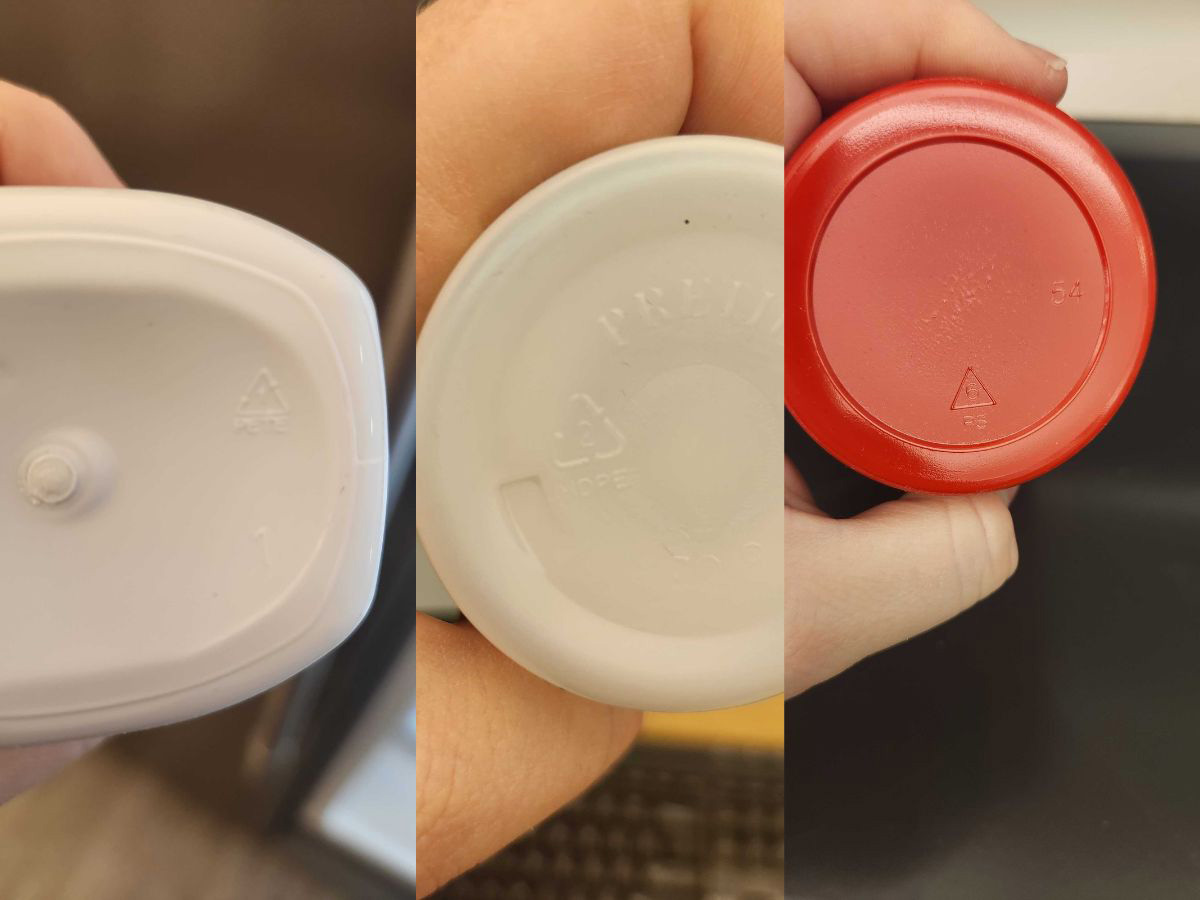
A container made of plastic will have a number on the bottom, usually in the middle of a triangle. The numbers are there to indicate what type of plastic the object is made out of.
The safest plastics to use are two, four, and five. One and seven can have toxic materials and can only be used once. Three and six should be avoided at all costs.
The Grooves on Prescription Bottles
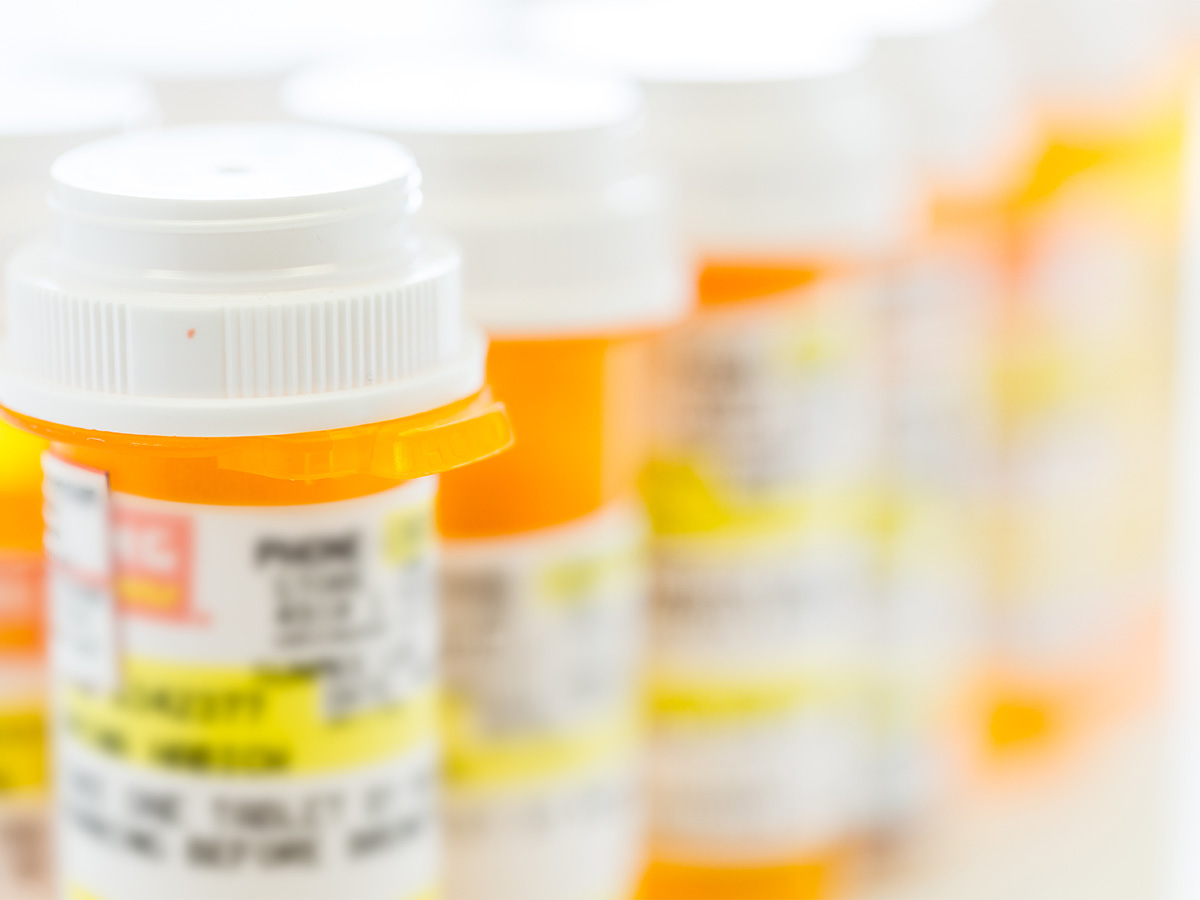
Are you sick of child-proof bottles? If you don’t need this feature, we have good news for you. Most pharmacies are swapping to bottles that allow you to flip the lid over for a screw top.
If your bottles do this, it should be easy to screw in. Alternatively, you can call your pharmacy and ask if they use these bottles.
The Takeout Box

We’ve all had Chinese takeout. If your Chinese restaurant uses the white card stock takeout box, then you can fold it out to make a plate!
The sides should easily pull apart and lie flat on the table. No more paper plates needed. Talk about eco-friendly!
The Extra Little Patch of Cloth

What’s with that weird little patch of cloth that comes with some clothes? They’re there for us! Clothing manufacturers want to keep your garment looking good, so the small patch is supposed to be used for colorfastness.
Before using a new detergent on something delicate, test the patch. If the patch looks odd after the detergent is applied, you know it isn't safe to use! You just saved yourself a lot of money.
The Loop on the Back of a Shirt
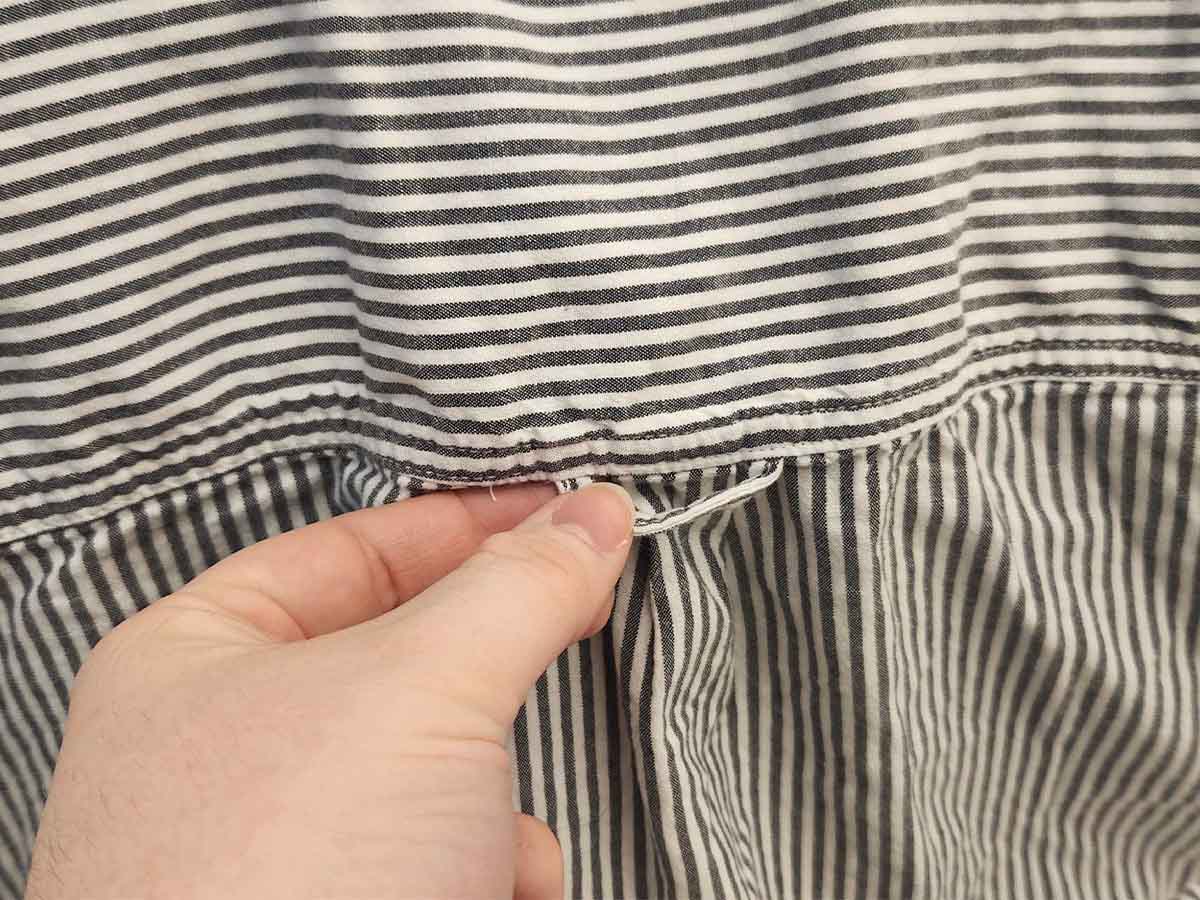
If you look at the back of a dress shirt, you should see a small loop. It isn’t just for decoration. It’s there so you can easily hang them up in a closet without wrinkling them.
It’s pretty useful if you’ve run out of hangers. They’re also known as “locker loops.” You can hang them up in your gym locker, too.
The Zig-Zag on a Bobby Pin
The Wings on Appliance Cords
The Holes on the Side of Shoes
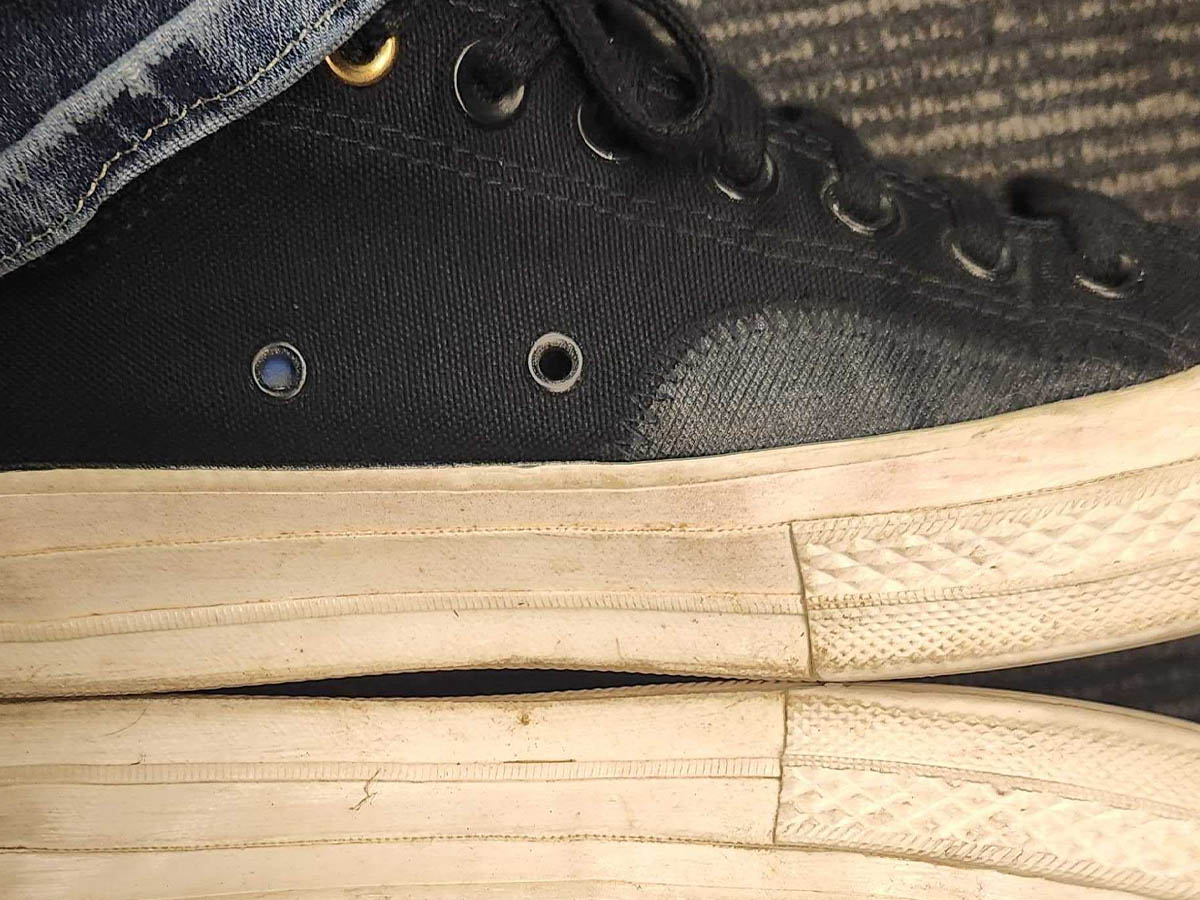
The holes on the side of your shoe do more than allowing extra air throughout the shoe. They actually date back to the original purpose of sneakers!
The style started with basketball shoes so that they could use alternative lacing techniques that prevent their shoes from slipping. You probably won’t use it for that reason, but it’s totally an option!
The Little Hole on Top of a Pen Cap

It’s not there to help the pen. It’s actually designed for people who chew on their pens. Since accidental inhalation is a pretty big problem, the hole is there to prevent someone from suffocating if the cap is swallowed. That may sound ridiculous, but choking is super common.
According to the National Safety Council, over 5,000 people die from choking every year. It'd be a lot higher if pen caps didn't have this top. Thanks for keeping people in mind, pen designers!
The Little Bumps on the “F” and “J” Keys

Unless you were forced to take a typing or keyboarding class in school, you may stare at the bumps on the “F” and “J” keys in bewilderment. The lines are there to help you find the “home position” without looking at the keyboard.
There's also a little bump on the number pad on the five key for the same reason. Sorry, hunt-and-peckers, this won’t be particularly useful for you.
The Brass Doorknob

Ah, the unassuming doorknob. They’re made of various materials, but why was brass so popular? As it turns out, brass is a little more resistant to bacteria build-up than other materials.
They’re not absolutely germ-free, but it’s better than nothing. We still suggest washing your hands often after touching doorknobs.
The Arrow Next to the Gas Gauge

Most people probably haven’t paid attention to it, but there’s a little arrow next to the gas icon near your gas fuel gauge. Turns out, this little arrow has a purpose.
It shows you which side your gas tank is on. Next time you’re in an unfamiliar vehicle, use this to determine which side to pull up to the pump.
The Plastic Disc Under Bottle Caps

They’re used for more than just chewing once you’ve finished off your soda. The little plastic discs under bottle caps are designed to trap carbon dioxide so the fizz won’t disappear over time.
Without them, they would go flat pretty dang quick. Even though most of us drink the bottle in one sitting, it's nice to have the option.
The Hole in Pasta Spoons

That hole in a pasta spoon is used for more than just draining water when your delicious carbs are ready. The hole is there so you can measure one portion of pasta.
If you have four people, measure four portions using the hole, and you’ll never have too much pasta again. You'll also be able to make perfectly portioned leftovers.
The Hole at the Bottom of a Padlock

Some padlocks have a little hole at the bottom of them, and it’s left people questioning, “Why?” Turns out that the hole acts as a drain for any water or dirt that gets inside.
You can also squirt lubricant inside if the lock sticks sometimes. That means that this little hole is two uses in one!
The Thick Part on Cables
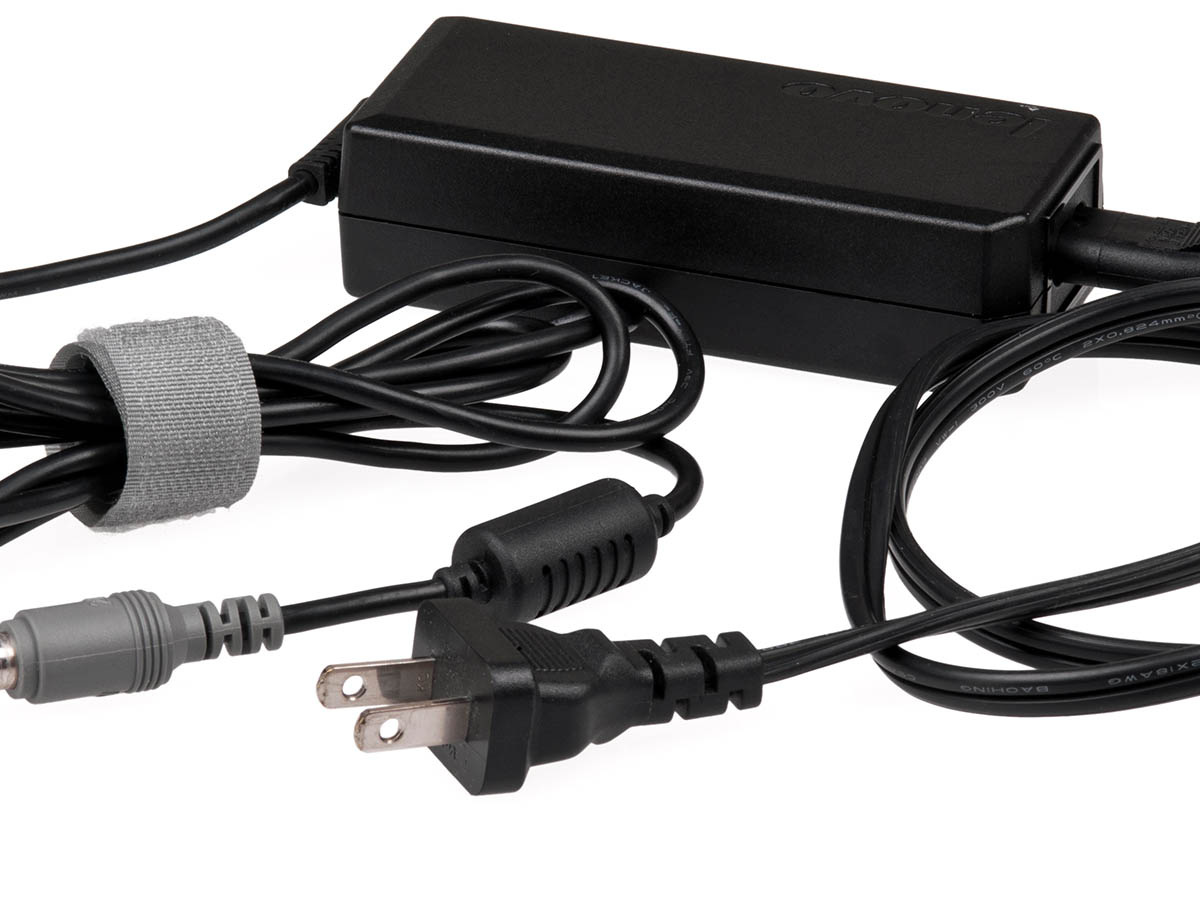
The thick part of cables is called ferrite cores or chokes. They’re chunks of magnetic iron oxide that suppresses interference.
Remember the days when you’d hear your cellphone going off when it got too close to the speaker? Well, it keeps that from happening with the cables.
The Flaps on Juice Boxes

What’s with those little flaps? Well, they’re there to pull out so little hands can hold them. Without them, kids have the tendency of squeezing the box, causing juice to go everywhere.
The little flaps are a squeeze-free handle. Parents everywhere are thankful for a mess-free way of drinking from juice boxes.
The Number on Cosmetic Bottles
The Indentation on Tic Tac Lids

Tic Tacs have a little indentation at the top that’s about the size of a single Tic Tac. Despite what some say, it’s not there to tightly seal the container.
It’s actually there to get a single Tic Tac out, but that only presents another problem: can you eat just one Tic Tac at a time? We certainly can't!
The Blue Side of the Eraser

We’ve always heard that the blue side is to erase pen, but that’s a load of bologna. The blue side is more abrasive than the pink side, so it’s designed to be used for different types of paper.
That explains why the pen only smeared when we used it. Turns out pen erasers are a thing of the past, much to our disappointment.
The Indentation at the Bottom of Champagne Bottles
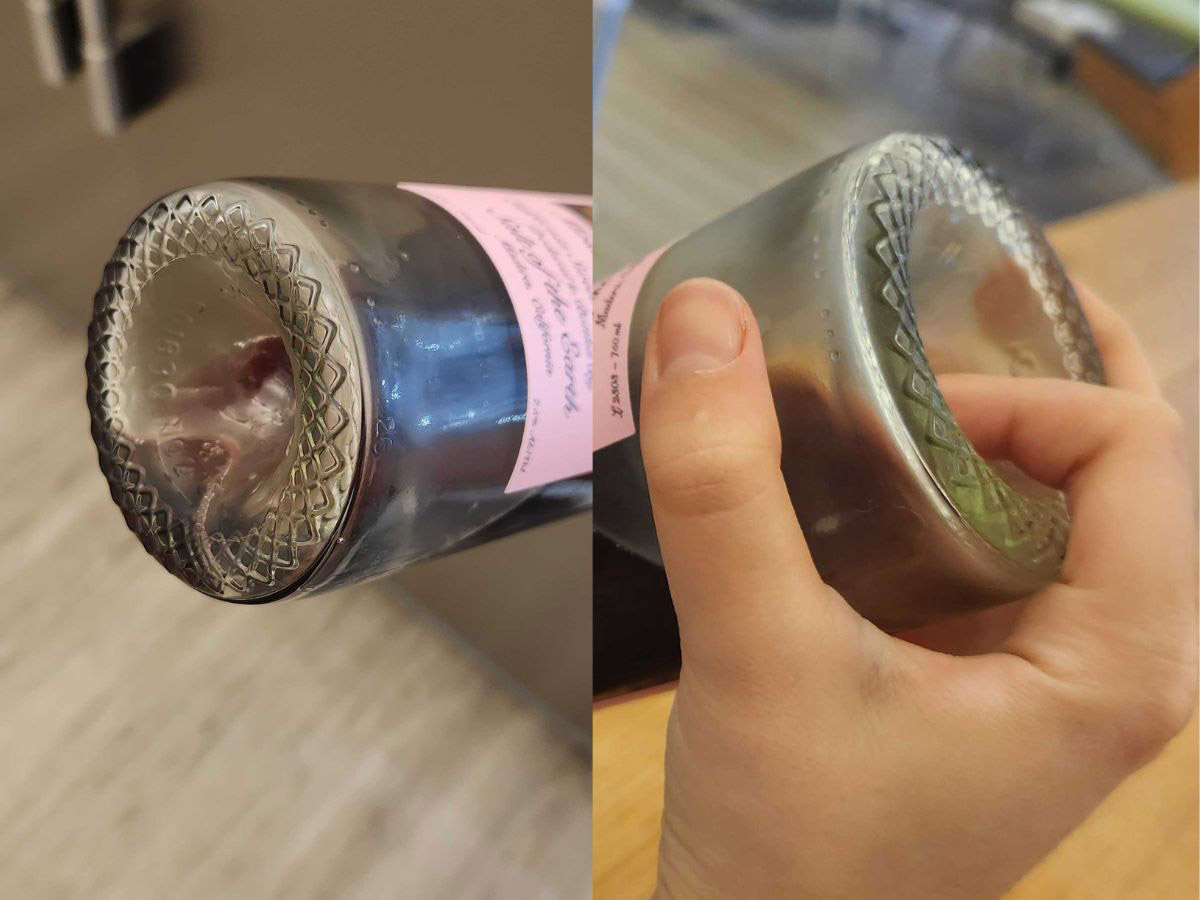
What is that indentation there for? Sommeliers can get a better grip using the indent, but that’s not what it’s there for. The reason is for it to compensate for the pressure the bottle goes through during the corking process.
The sides and bottoms are weak, so the indentation helps evenly distribute the pressure. We're going to call this one a two-in-one, too, since it does make such a great handle.
The Tab on Rearview Mirrors
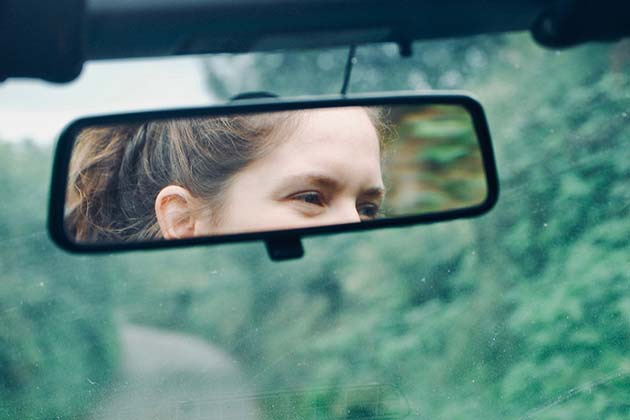
The tab on rearview mirrors is actually a great safety feature. When someone gets behind you and their lights are blinding you, flip the little tab down.
It’ll redirect the light away from your eyes without preventing you from seeing the car behind you. When they're gone, flip it back, and everything will go back to normal without adjusting the mirror.
The Ridges on Coins

Why do dimes and quarters have ridges, but pennies and nickels don’t? Way back in the day, coins were stamped in different weights to reflect the coin’s true value.
People would shave down the edges of the coins and melt them into new ones. Coin minters responded by putting the ridges on them to make sure people didn’t do this.
The Little Pocket in Women’s Underwear

That little pocket is a thing called a panty gusset. They’re a fabric liner that’s inserted into a seam that allows for breathing room, improved shape, and reinforcement.
You can find gussets in more things than just underwear, too. Gussets are also on handbags, tights, pantyhose, and other garments. For purses, it's great to put a little air freshener!
The Detachable Headrest
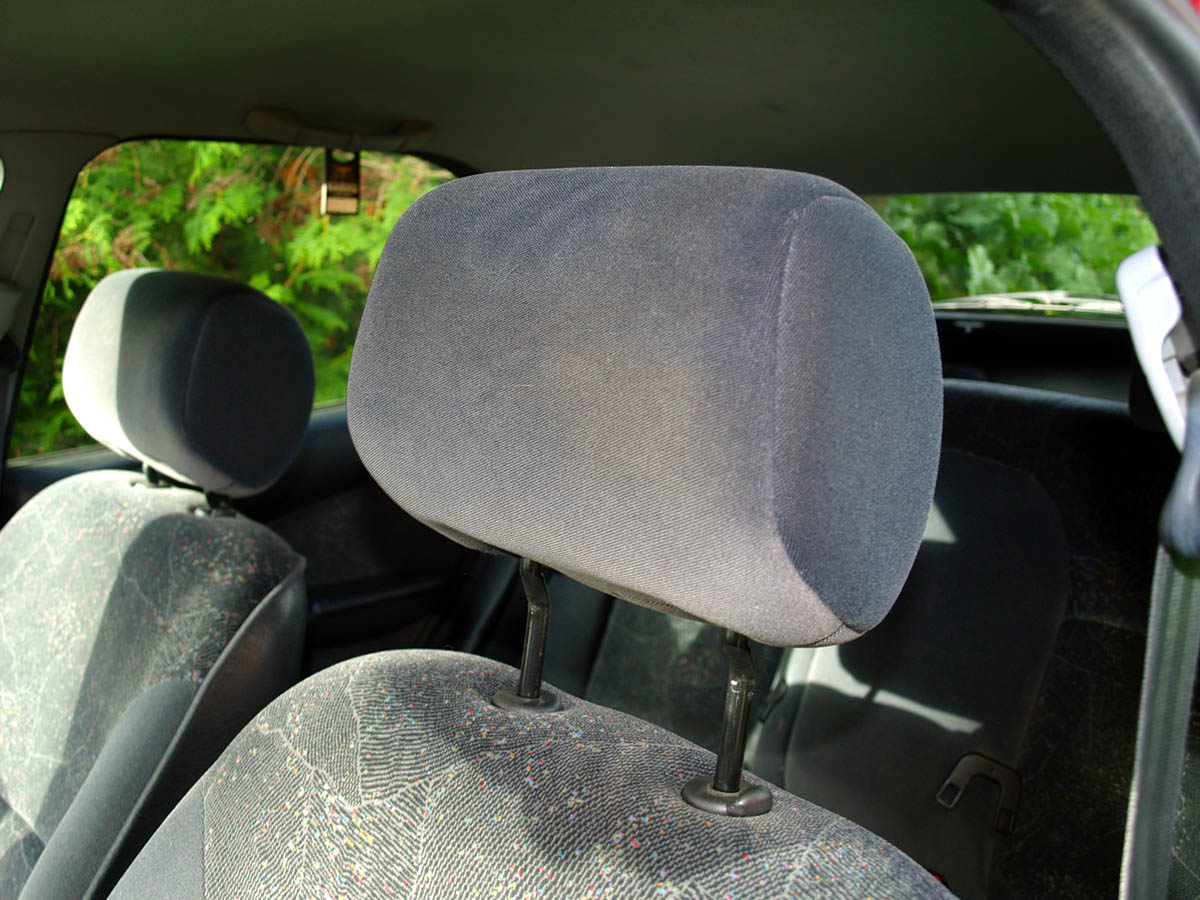
Maybe it makes cleaning your headrest easier, but some headrests are designed to detach in the case of an emergency. If you’re trapped in your car, you can pull the headrest out and use the long metal bars to break the window.
They're supposed to detach easily and quickly. Windows are actually pretty strong so having a glass breaker in the car is more important than some may realize.
The Margin on Notebook Paper

This is another one that we don’t use anymore but stuck around because of tradition. Rats, mice, and other pests were particularly prevalent years ago, and they loved paper.
In order to avoid losing work, margins were added for mice to nibble at without the person losing their important work. Now, they're perfect places to doodle when you're bored in class or in a meeting.
The Pom-Pom on Winter Hats
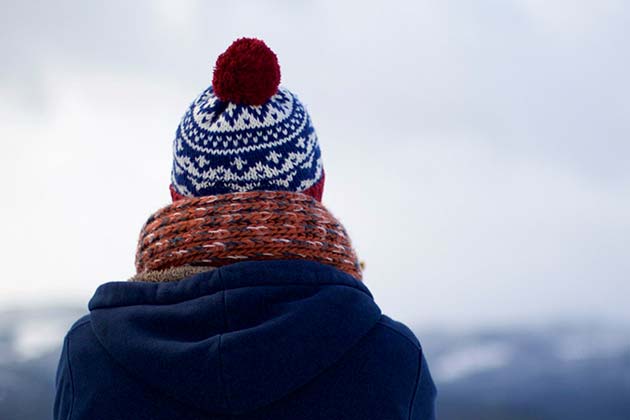
Today, they’re used for decoration, but it wasn’t always like that. Back in the 18th century, French marines wore them to protect themselves against low ceilings in ship cabins.
They were also used to distinguish which branch the soldier was in. Some may have also been used to designate ranks, especially when they were in difficult-to-see terrains.
The Little Tabs on the Side of Aluminum Foil Boxes
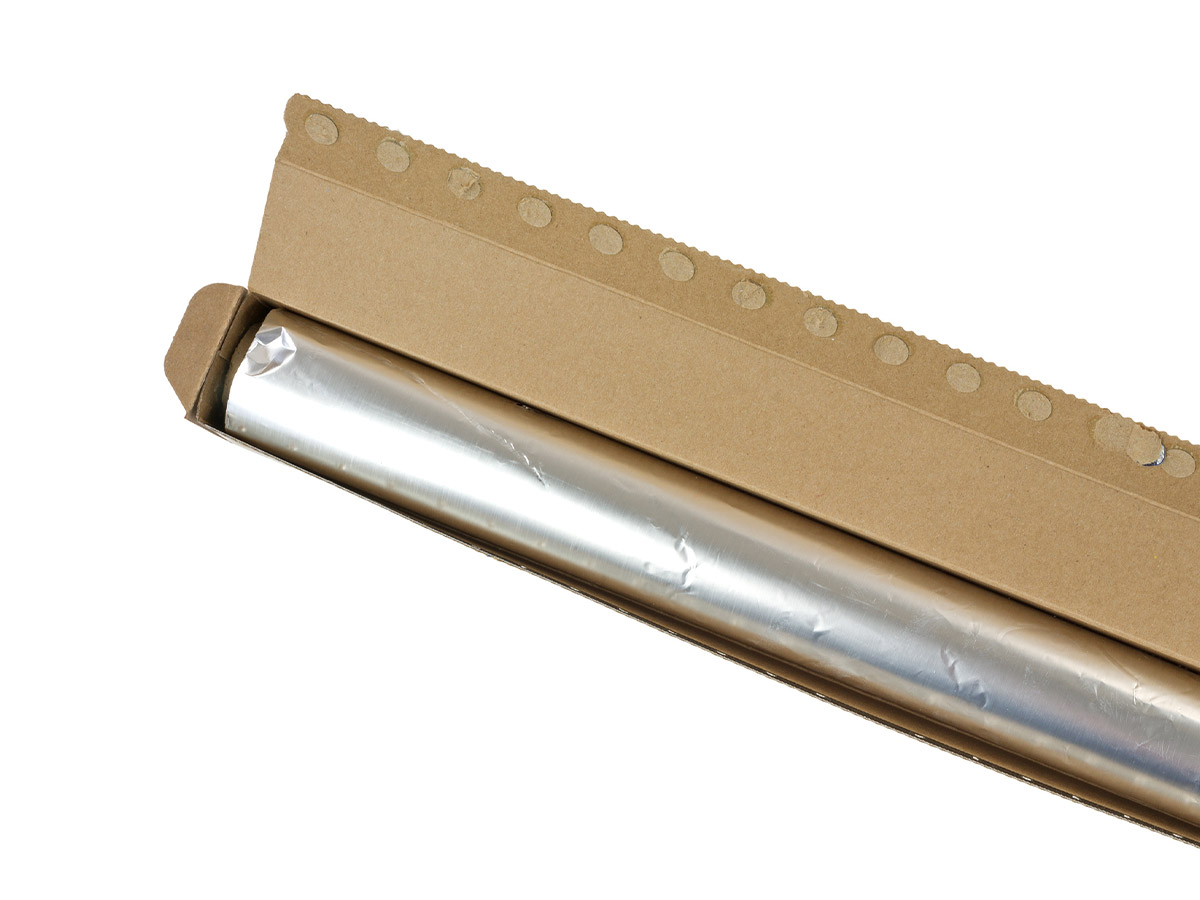
See those little triangles on the side of aluminum foil boxes? They’re not there for the store. If you push them in, the cardboard will keep the roll from popping out when you need aluminum foil.
Once you start pushing these tabs in, you’ll never look back. We're also guessing dinner will be much easier to cook from this point on.
The Hole Next to the Camera on an iPhone
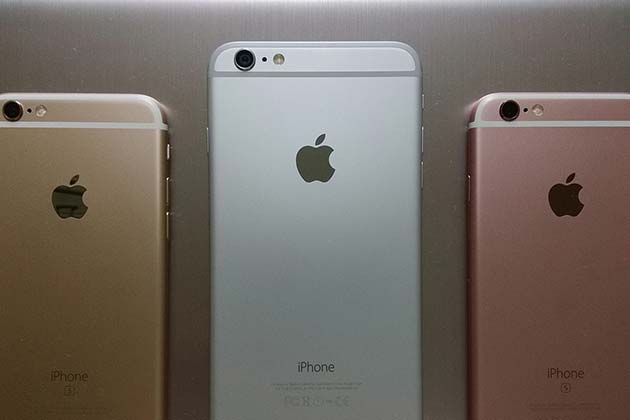
Ever wonder what that little hole is? It’s obviously not the camera, and it’s certainly not the flashlight. So, what is it?! It’s actually a microphone!
When you’re recording a video, your phone will use this camera to capture the audio, so you get a clear recording. Keep this in mind next time you pull your phone out!
The Spikes on Tube Caps
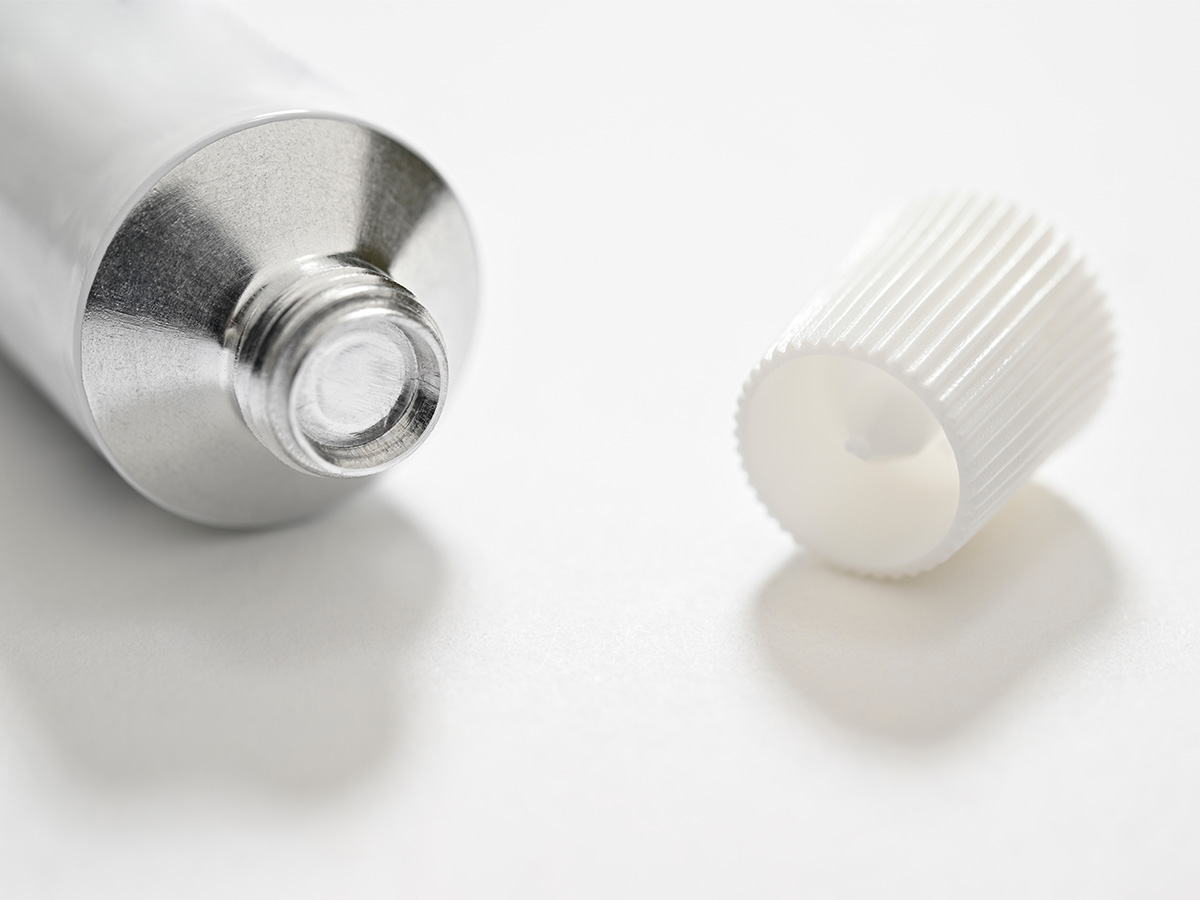
Some toothpaste tubes and other tubes have a cap with a little spike in the top. It’s there for a reason. When you’re opening these products, they usually have an aluminum seal over the opening.
Use the spike on the top of the cap to puncture a hole. That’s a lot easier than picking at it with your nails. All products should include a little spike.
The Color of Ice Cream Scoops

The color of your ice cream scoop handle is useful in some way. The color represents the size of the scoop based on how many scoops it takes to fill a container measuring 32 ounces.
Naturally, the colors could change based on the manufacturer, as do the yields per scoop. Many try to keep it uniform within the industry, thankfully, but home ice cream scoops can be any size and any color!
The Colored Squares on Toothpaste
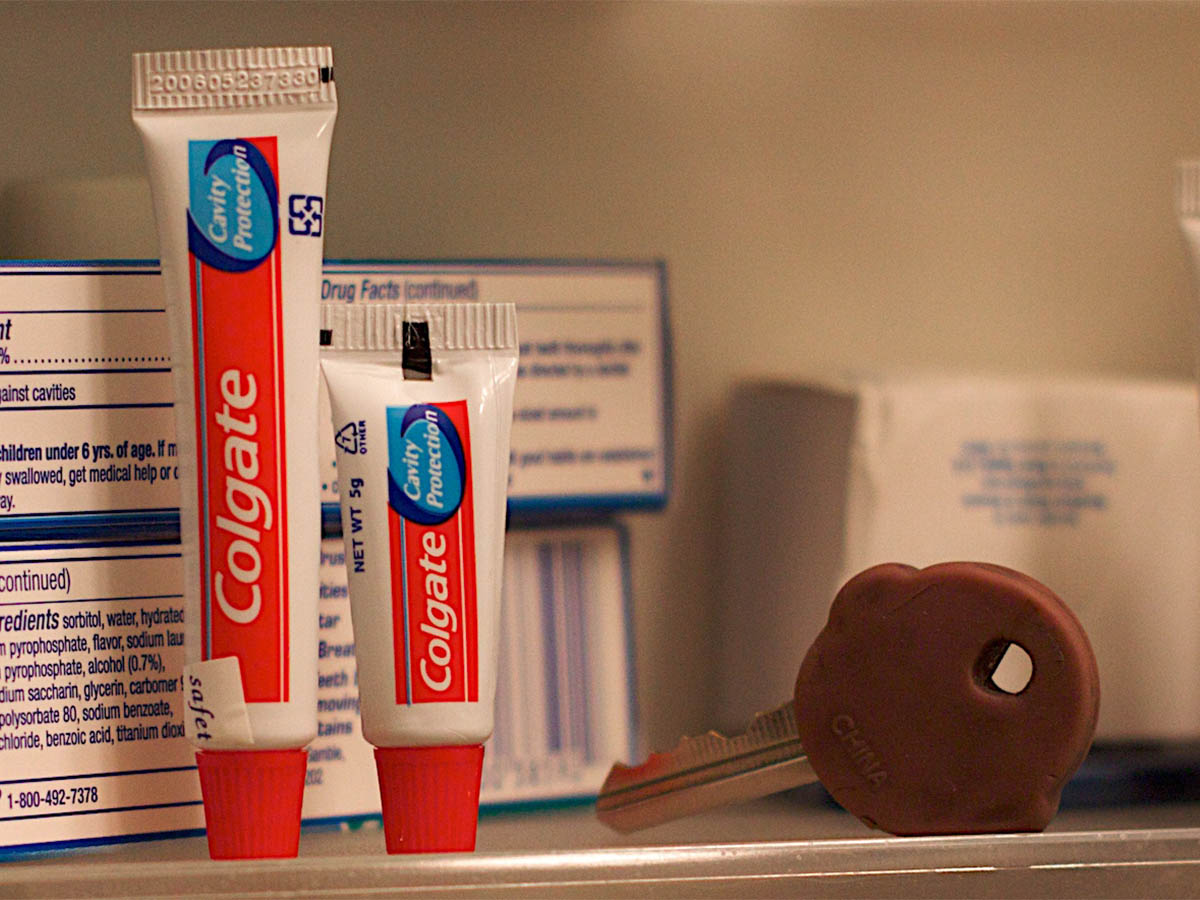
There was a rumor a while back that the colored squares indicated the ingredients in the toothpaste, but that’s not true. They’re actually called “eye marks,” and they tell the machines where to cut the packaging.
The only way to know what’s in your toothpaste is by reading the ingredients on the back. Most toothpaste on the market are pretty safe, thankfully.
 Author
Jennifer Freehill
Last Updated: November 22, 2025
Author
Jennifer Freehill
Last Updated: November 22, 2025





